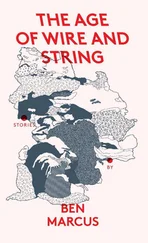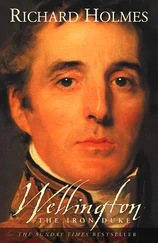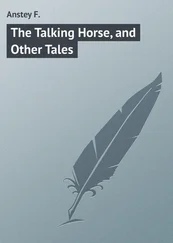Pay, bounties, prize money and loot played an important part in the motivation of officers and men alike. I am constantly exasperated by authors who give no idea what money was worth in practical and comparative terms. To be told that if an item cost 100 units in 1680 then it cost 123 units in 1750 is unhelpful, and to suggest that a pound then was worth x times more than now is rarely a safe comparator across a broad range of income and expenditure. I far prefer what some have termed the ‘Mars Bar Comparator,’ which looks at the prices of staple items over the period to provide a practical idea of what money was really worth. There were twelve pence (d) to a shilling (s) and twenty shillings to a pound. A guinea was worth one pound and one shilling. And an Irish shilling, exasperating to those paid in it, was worth a penny less than an English one.
But before we consider what Ensign Alvanley paid for his claret and Rifleman Harris for his bread and cheese, there are a number of important caveats. First, the idea of subsistence wages for agricultural workers may be a misjudgement, as such folk often raised their own pigs and chickens, cultivated cottage gardens, and benefited from a trickle-down income in kind as master’s old coat became ploughman Jethro’s best, and mistress’s worn-out petticoat found a new (and possibly more exciting) incarnation as chambermaid Eliza’s drawers. Second, modern ideas of inflation have little relevance to the period in question, where inflation did not rise steadily, but went up and down, sometimes quite sharply: it rose by 36 per cent in 1800 and fell back by 22 per cent in 1802. Prices were generally quite stable except at times of particular hardship, and a pint of decent porter (a more sustaining brew than watery small beer) cost around 2d for most of the period. Finally, there were wide regional variations in pay, and in the prices of goods not easily available locally. The Midlands and the North were the ‘Silicon Valley’ of the age, where there was good money to be made always provided one was not, like the handloom weavers who formed such an important element of the Wellingtonian army, sidelined by new technology. 1
For most of our period an infantry soldier was paid a shilling a day, out of which an assortment of stoppages were deducted which might leave him with very much less. He would receive two (later three) meals a day, one of them usually including plenty of beef, bread and small beer. In 1750 a London labourer received 2s a day and a craftsman 3s. A day labourer in Gloucestershire drew is 4d but the same man picked up only 9d a day in the North Riding of Yorkshire. A mason or joiner earned 2s a day. In 1760 the weekly poor relief paid to a pauper by the parish was just is 6d. In contrast, the aristocrats of labour were respectably paid in 1790, with a chair-carver receiving £4 a week, a London compositor 24s, a London saddler 15s, a Newcastle Collier 13s 6d, a worker in the Worcester potteries 8s 7d, a Lancashire weaver 8s 7d and a woman textile worker 4s 3d.
By 1800 an agricultural worker received 10s a week, rising to 12s in 1812: in 1815 a skilled Lancashire weaver collected £2 4s 6d. In 1817 our farm labourer was receiving only 7s 6d a week, though by 1850 this had risen to 11s. A man robust enough to take work as a heavy clay digger at this time, however, brought home 2s 6d a day, which, at 15s for a six-day week, was good money for a labouring man. In 1820 a village schoolmistress earned £20 a year.
In 1760 a large tot (probably a quarter pint) of cheap gin cost 1d and beer was 2d a pint: if one was drinking simply for effect, as so many were, then liquor was not simply quicker but cheaper. A dozen bottles of claret cost £1. A bread and cheese supper cost 3d, a dinner of cold meat, bread, cheese and beer 7d, and a slap-up meal in a chophouse, with a steak smoking enticingly at its centrepiece was 1s. A cheap room cost 2s a week to rent, a smart town house on Grosvenor Square was £300 a year, and a prosperous merchant in Colchester might house and feed his wife, four children and servants for £350 a year. 6s 6d bought a sturdy gown for a servant girl, and £8 a year, all found, hired her for a year. A clerk’s suit cost £4 10s and a gentleman’s £8 8s.
In 1762 James Boswell, whose father gave him an allowance of £25 every six weeks, stayed in Queen Street, Westminster – ‘an obscure street but pretty lodgings’ – for £22 a year. He paid the Jermyn Street sword-cutler Mr Jeffreys five guineas for a handsome silver-hilted small-sword; a ‘low brimstone’ girl demanded 6d to permit him to ‘dip my machine in the Canal’, and his surgeon charged him five guineas to cure the resultant gonorrhoea. Lord Alvanley, who had similar weaknesses but more money with which to indulge them, gave five guineas for one night with the blonde and well-upholstered Mrs Dubois in 1808. I hope that she was worth what a working man could only have regarded as absurdly conspicuous expenditure.
A quartern loaf (weighing 41b 50z) cost 6d or 8d in 1790 but 15d or 16d in 1801, though it had dropped to 9d in 1830 and was 1s in 1850. In 1796 model cottages cost £58 in wood or £66 in brick. It cost about 30s to £2 a year to rent a cottage in 1790 and £5 to £10 a year in 1824. In 1815 a coat cost £1 7s 1d in Chelsea and shoes were 7s a pair. A lady’s good serge suit was £1 in 1850. In 1859, a clean unskilled labourer in London, taking home 18s a week, would spend 4s of it on bread, 1s 2d on beer, 3s 6d on meat and potatoes, 1s 6d on butter and cheese, 6d on wood and candles, 1s on coal, 2s 6d on clothes and shoes, 2s on rent and 10d on soap and sundries. In 1813 the standard infantry musket cost around £2, and it is high time that we turned our attention to these artefacts of walnut, brass and steel and to the men who used them.
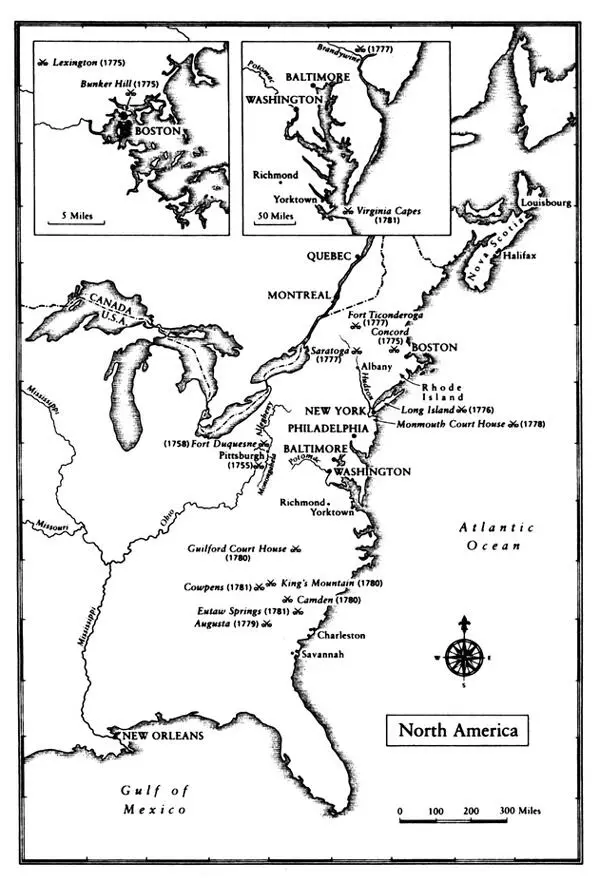
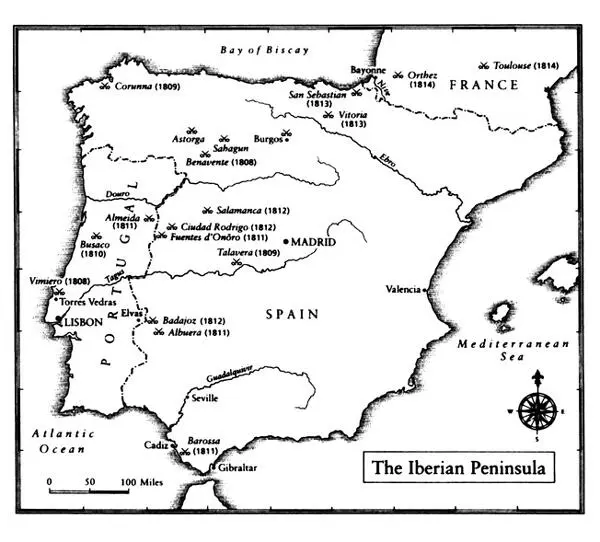


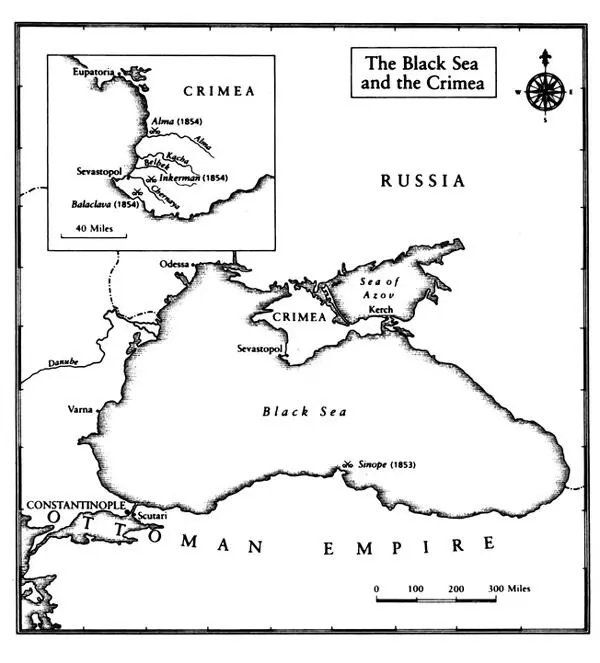
I THE AGE OF BROWN BESS
HE HAS NOT SHAVED this morning. And from the look of things he shaved neither yesterday nor the day before. Ginger stubble sprouts from a sun-tanned face, with red-rimmed blue eyes and a mouth whose teeth stand anyhow, like a line of newly raised militia. Bushy sideburns, ending in a forward sweep just below the ear, emerge from a battered black shako fronted with an oval brass plate and topped with a white over red pom-pom which has seen better days, and many of them. His red coat, waist-length in front, with short skirts at the back, is closed by ten pewter buttons, grouped in twos, with a broad oblong of white worsted lace framing the button holes. Its high collar and deep cuffs are yellow, and trimmed with more white lace. The effect is not improved by the fact that collar and coat-front alike are flecked with small burns made by gunpowder. Around his neck is knotted a piece of material which is now unquestionably black, though it might be that it started out much lighter. Grey trousers, knees and seat patched with cloth which has an uncanny resemblance to that worn by Franciscan friars, hang loose, without benefit of gaiter, over square-toed black boots.
Читать дальше







